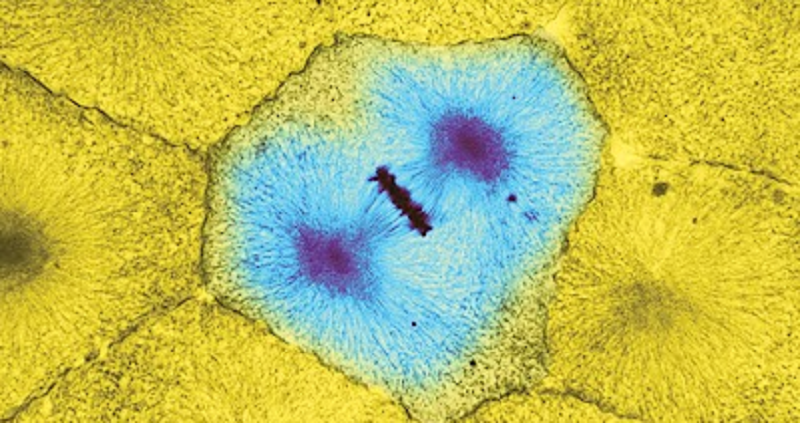Science Test 2.4
{"name":"Science Test 2.4", "url":"https://www.quiz-maker.com/QPREVIEW","txt":"Test your knowledge of cell division and mitosis with this engaging quiz! This quiz consists of 20 questions, covering various topics related to the cell cycle, DNA replication, and the importance of mitosis in living organisms.Topics include:Stages of MitosisFunctions of Cell DivisionDifferences in Division between OrganismsThe Role of DNA","img":"https:/images/course1.png"}
More Quizzes
The Cell Cycle
9417
Cell cycle and cell DIVISION - take the quiz
10519
Historic Dates
12613
Sorting Hat Quiz
1589
Ted Bundy & Serial Killer Trivia - Test Your Knowledge
201022273
Skinfold Test and Body Composition: Free Practice
201016296
Medical Transcriptionist Abbreviations (RMT) - Free
201021091
Rent a Girlfriend - Which Character Are You?
201017366
Railroad Conductor Certification Online - Free Practice Test
201017174
Scarface: Name the Actors in the Film (Free)
201018053
Bulk Upload Template Knowledge -Maker
201016461
Cease Most Nearly Means - Free Vocabulary
201016296

